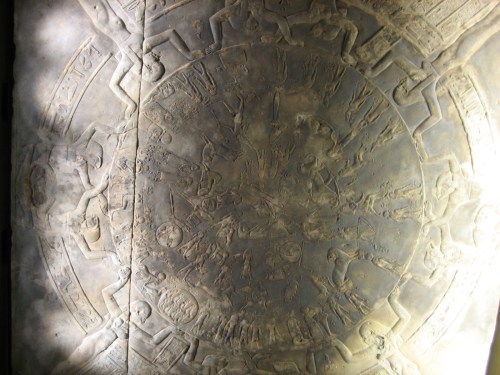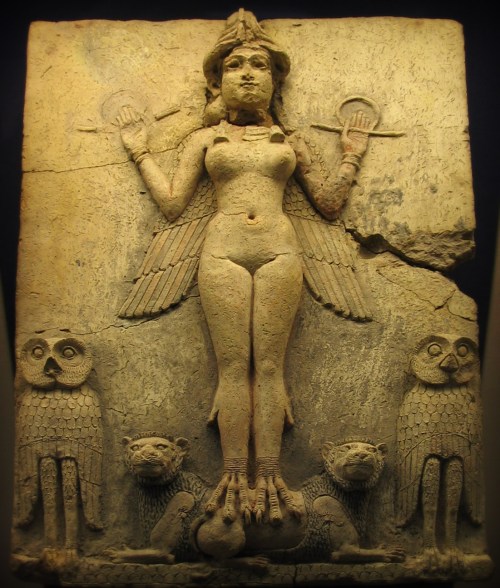Kvanvig: On the Correspondences Between Antediluvian Myths
“Here he works along two lines: on the one hand, he demonstrates how the succession in the chain of written composition in the first millennium is dominated by Ea—apkallus—ummanus; on the other hand, he shows how the written lore of the ummanus was collected and systematized as a secret revelation belonging to this alleged chain of transmission.
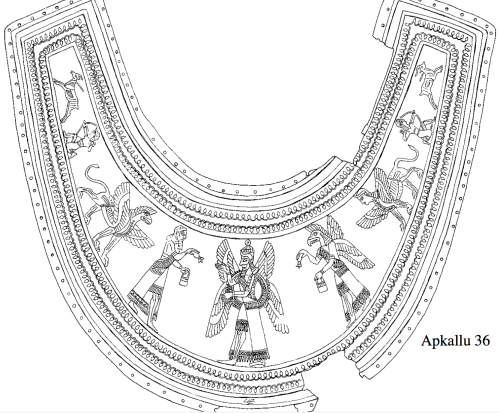
Click to zoom. Apkallu type 3, illustration 36, Stephanie Dalley, IDD.
Professor Dalley cites this illustration, number 36, for the apkallu standing at the flanks of a deity. In the first case, it is far from certain that the figure on the left of the central deity is an apkallu at all, as it lacks all indicators of divinity and most crucially, wings. This figure does raise what appears to be a mullilu cone in its right hand, and it does hold the usual banduddu bucket in his left hand, though it must be admitted that depictions of cones with leaves still attached are irregular.
Unfortunately Professor Dalley does not identify the deity in the center of the illustration, though I am encouraged that she does consider it to be a deity, rather than an apkallu of high rank, which I will provisionally attempt to support.
I have discussed elsewhere in captions to these illustrations the possibility that the deity at the center of this composition, which appears to adorn a necklace or breastplate, is the god Anu, who is allegedly never depicted in Mesopotamian iconography.
The circular device at the apex of his crown, which is appropriately horned, is apparent in only one other example, a bronze face protector or frontal helmet, which is posted lower on this page.
In that example, the circular device or disc is so worn that the lower portion of its mount mimics the inverted crescent of the Moon god Sin.
The context is inappropriate for Sin, however, and it is more likely that the disc mount is simply worn from great age, with the circular portion along the top gone.
In any case, a bird-headed type 3 Nisroc apkallu is on the right, with banduddu bucket in the left hand and an indistinct item in his raised right hand. It appears to be a mullilu cone, but with leaves or sprouting, as noted.
As mentioned, the figure on the left side of the deity lacks wings, though it mimics the blessing gesture, cone and banduddu bucket of the right-side apkallu. The left side figure may not be an apkallu at all. Perhaps it is a priest. Or a human umu-apkallu. It lacks all symbols of divinity or semi-divinity.
The central figure remains problematic for me, wearing a crown which reminds me of a depiction of the god Anu. The problem is that Assyriologists aver that no representations of Anu exist.
Also significant for me, this figure, whether it is a deity or an apkallu, wears a large ring around the torso. My suspicion is that this ring would be decorated with rosettes, were sufficient detail available.
This figure also holds a ring in his left hand, an item typically reserved for deities, called a chaplet by Anthony Green and Jeremy Black, while raising his right hand in the classical gesture of greeting.
He admits that there are other voices, even in the first millennium, but this is the dominant tendency. One may object to Lenzi’s work, that he goes too far in his effort to systemize the material.
If influential ummanus first in Assyria and then in Late Babylonia saw it as a priority both to bring together their lore under specific rubrics, and to establish a theology of revelation and transmission, going back to one god, Ea, they had quite a task, given the vast variety in the material they inherited from the millennium before.
We think the most important aspect of Lenzi’s impressive detailed examination of the sources is that he manages to show that there was a strong tendency toward systematization. There was an attempt to bring together the lore of the different scholarly professions into series given distinctive labels: these compositions belong to the lore of this profession–bārûtu, āšipūtu, kalûtu, asûtu, tupšarrūtu.
There was also the clear tendency to claim compositions belonging to the lore of these professions as secrets revealed by the gods in antediluvian time and restricted to the ummanus in present time.
(Cf. also Francesca Rochberg, The Heavenly Writing: Divination, Horoscopy and Astronomy in Mesopotamian Culture, Cambridge, 2004, pp. 181-5.)

This design is perplexing. I am uncertain whether it depicts a human apkallū, an ummanu, or, as earlier analysts determined, the god Anu. The problem is that Assyriologists assert that Anu is never represented in illustrations or bas reliefs.
The iconography is correct for an apkallū. The horned headdress is indicative of divinity, the plants held in both hands are not unprecedented, though they are not common. I believe that they are poppy bulbs.
The rosette design in the large ring appears elsewhere in Neo-Assyrian symbolism, though its significance is undetermined. The large ring around the torso appears in the illustration above, as well.
The wings on the figure are typical of an apkallu, and indicative of divinity or semi-divinity.
The fact that the figure stands on a bull, however, suggests that this is a depiction of a deity, rather than a human apkallū. I would like to say that the bull is sacred to Anu, but Assyriologists insist that Anu is never depicted in Mesopotamian art.
Further, the disc atop the headdress is problematic. In no other example does a human apkallū appear with a disc surmounting a horned headdress. The device at the top of the figure in the illustration above resembles this ring.
Indeed, it is unclear whether the disc is just worn, or whether the lower part of the disc portrays the inverted horns of the Moon, the “recumbent crescent,” as Black and Green describe it, indicative of the Moon god Sin. Or, it could just be a damaged ring, similar to the device above.
This is one of the most dramatic examples of Neo-Assyrian art, but my scholarship is too meager to explicate it.
http://transfixussednonmortuus.tumblr.com/image/32382020729
At the crucial point in this chain, we find the apkallus, above all Uanadapa, who were those who brought the divine knowledge to the humans.
The analyses carried out by van der Toorn and Lenzi are fully in accord with our own observations. There is a clear division between the first group of seven apkallus and subsequent sages and scholars in all three lists: Bīt Mēseri, Berossos, and the Uruk tablet.
They express this differently, but the tendency is clear. Bīt Mēseri lists seven apkallus “born in the river” and then four apkallus “of human descent.” Berossos lists seven apkallus before the flood and then one great scholar in the tenth generation after. The Uruk tablet lists seven apkallus before the flood, one afterwards, and continues with ummanus.
The antediluvian apkallus are closely connected to the divine realm, above all to the god Ea. “To be born in the river” means to be engendered in the abode of Ea. Oannes in Berosses (sic) goes to and fro the sea, the abode of Ea. But not only Ea is involved.
In our reading of the relationship between the Adapa Myth and Bīt Mēseri we found that the first apkallu, U-an, “the light of heaven” (An), was an echo of the fate of Adapa in the myth, fragment D, where Adapa is adopted sage by Anu.
This name of the first sage is reflected both in the Catalogue, in Berossos and on the Uruk tablet.”
Helge Kvanvig, Primeval History: Babylonian, Biblical, and Enochic: An Intertextual Reading, Brill, 2011, pp. 153-4.





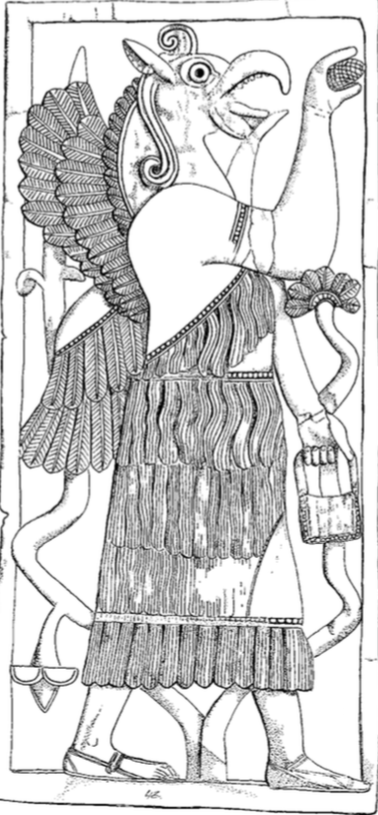
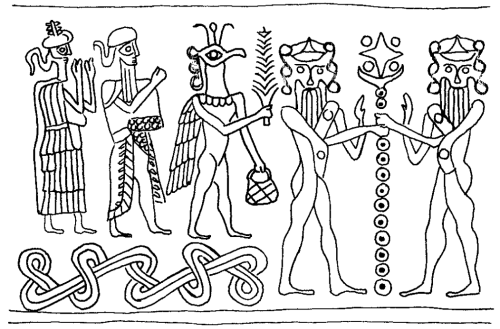
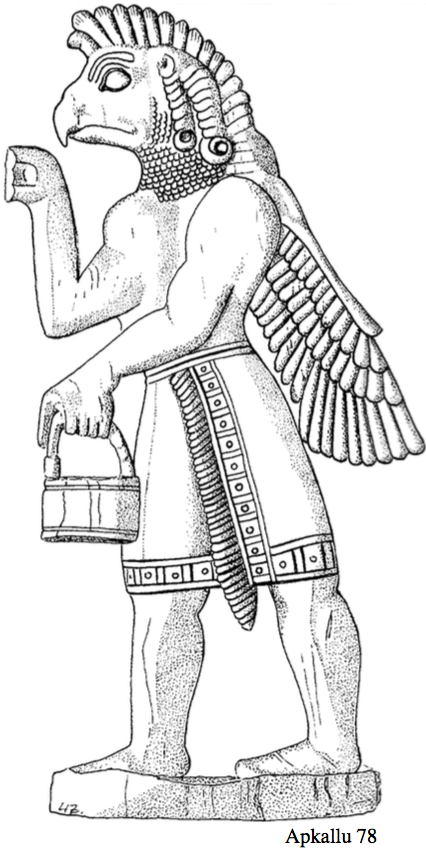
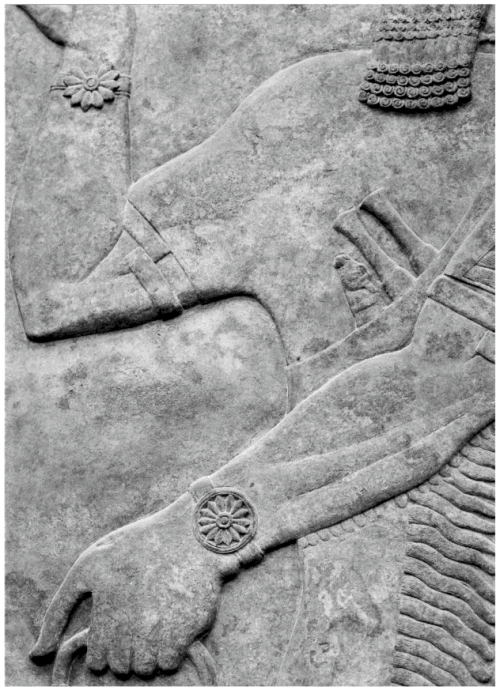
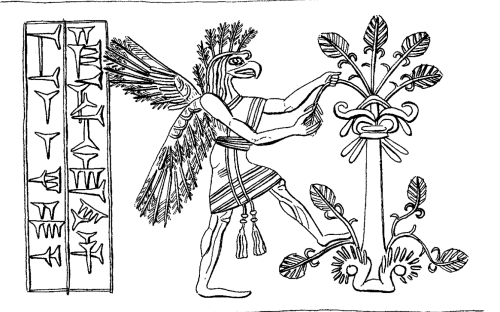


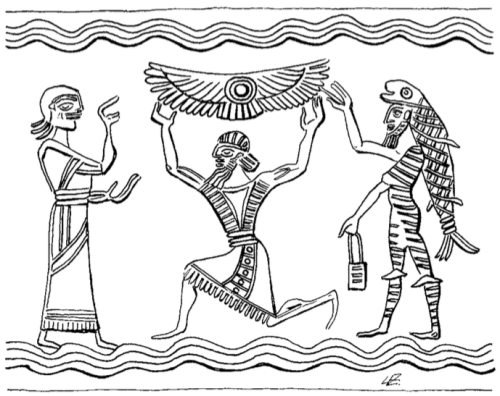
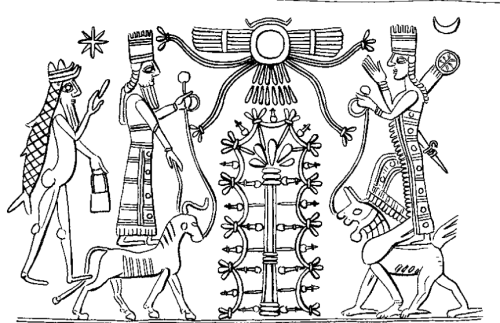




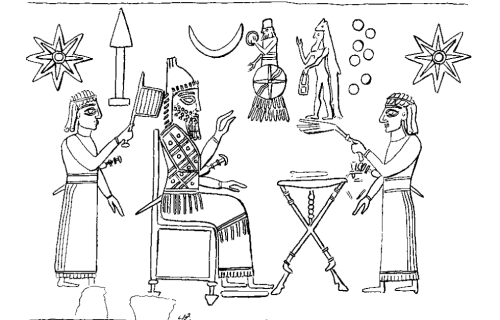


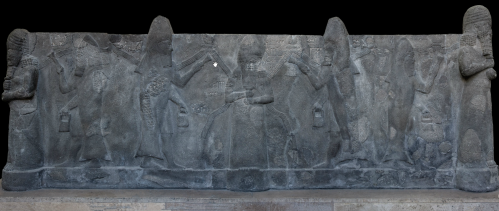
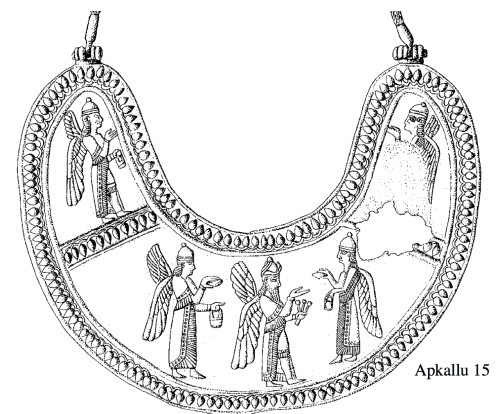

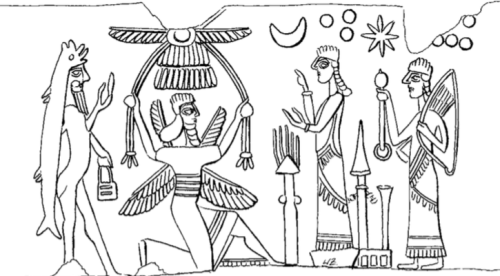
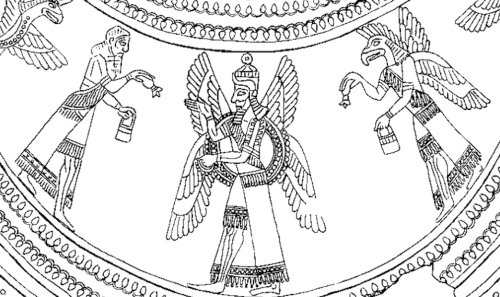



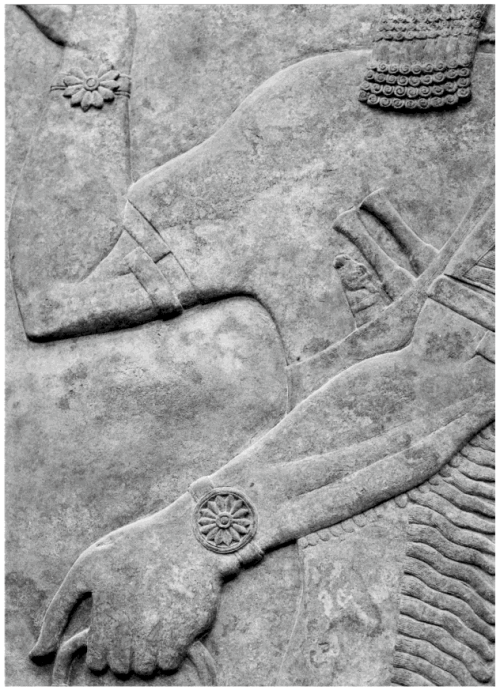
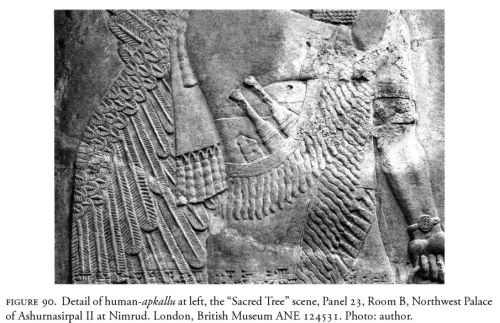

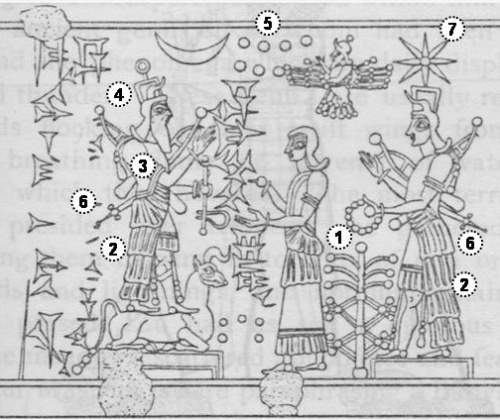
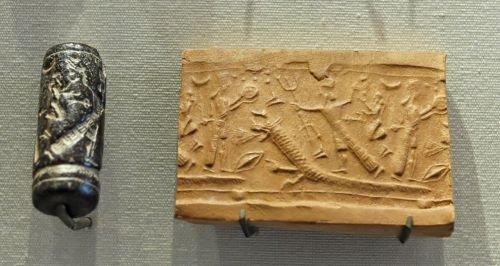
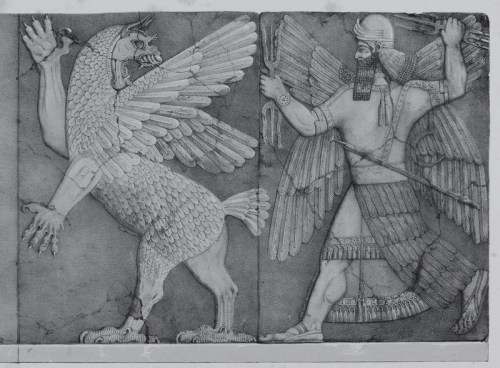
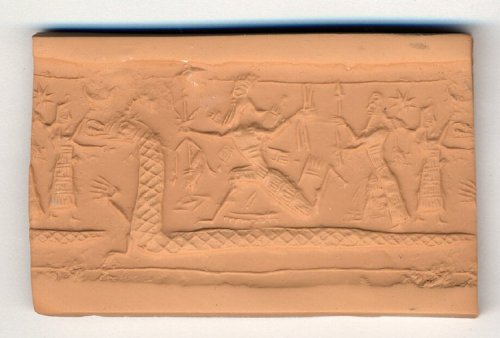
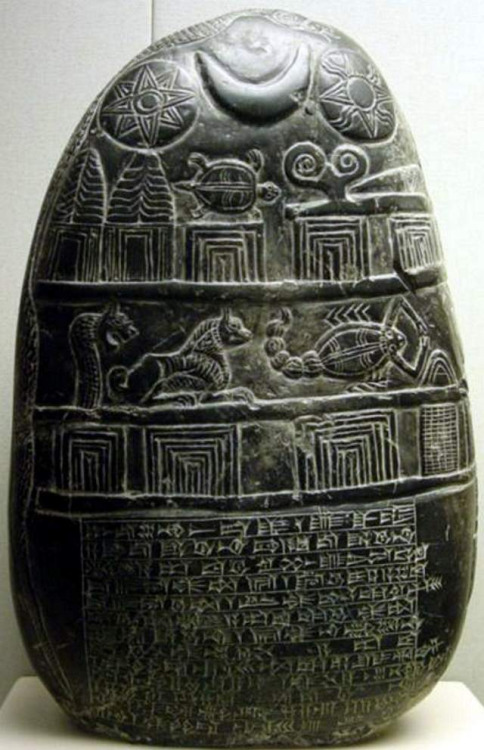
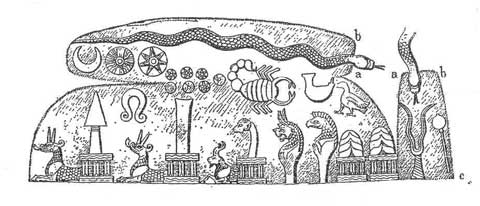
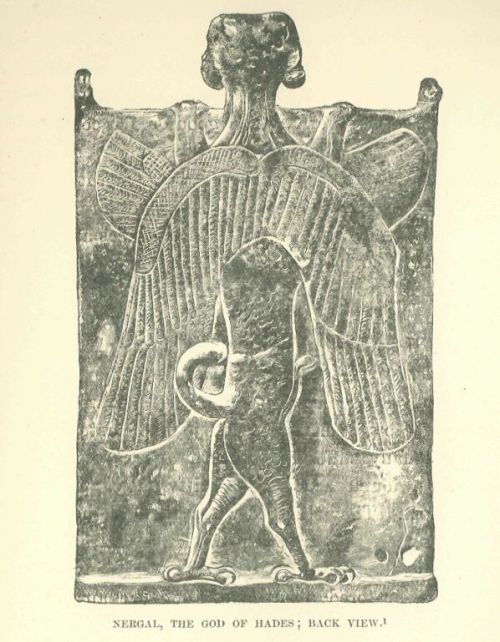
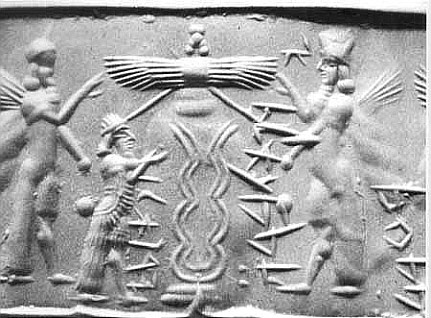
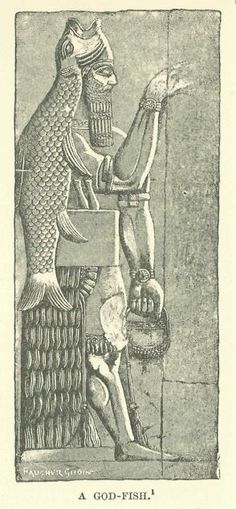
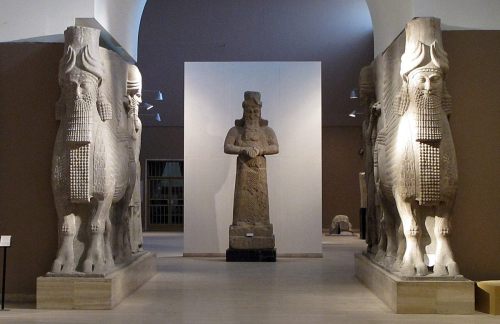

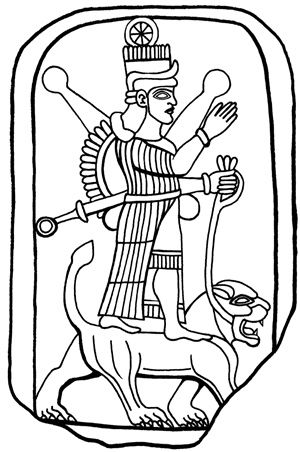

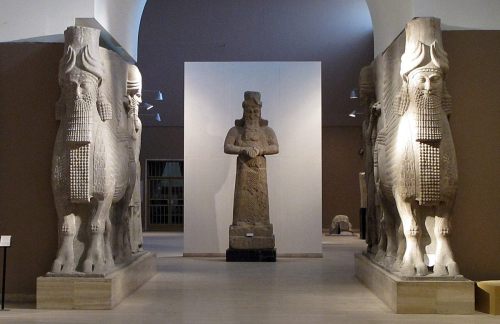



![Assyrian star map from Nineveh (K 8538). Counterclockwise from bottom: Sirius (Arrow), Pegasus + Andromeda (Field + Plough), [Aries], the Pleiades, Gemini, Hydra + Corvus + Virgo, Libra. Drawing by L.W.King with corrections by J.Koch. Neue Untersuchungen zur Topographie des Babilonischen Fixsternhimmels (Wiesbaden 1989), p. 56ff. http://doormann.tripod.com/asssky.htm](https://therealsamizdat.com/wp-content/uploads/2015/04/assyrian-star-map-from-nineveh.jpg?w=500)
